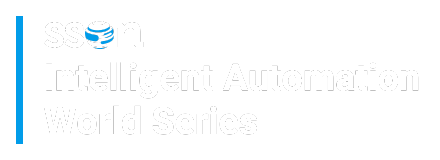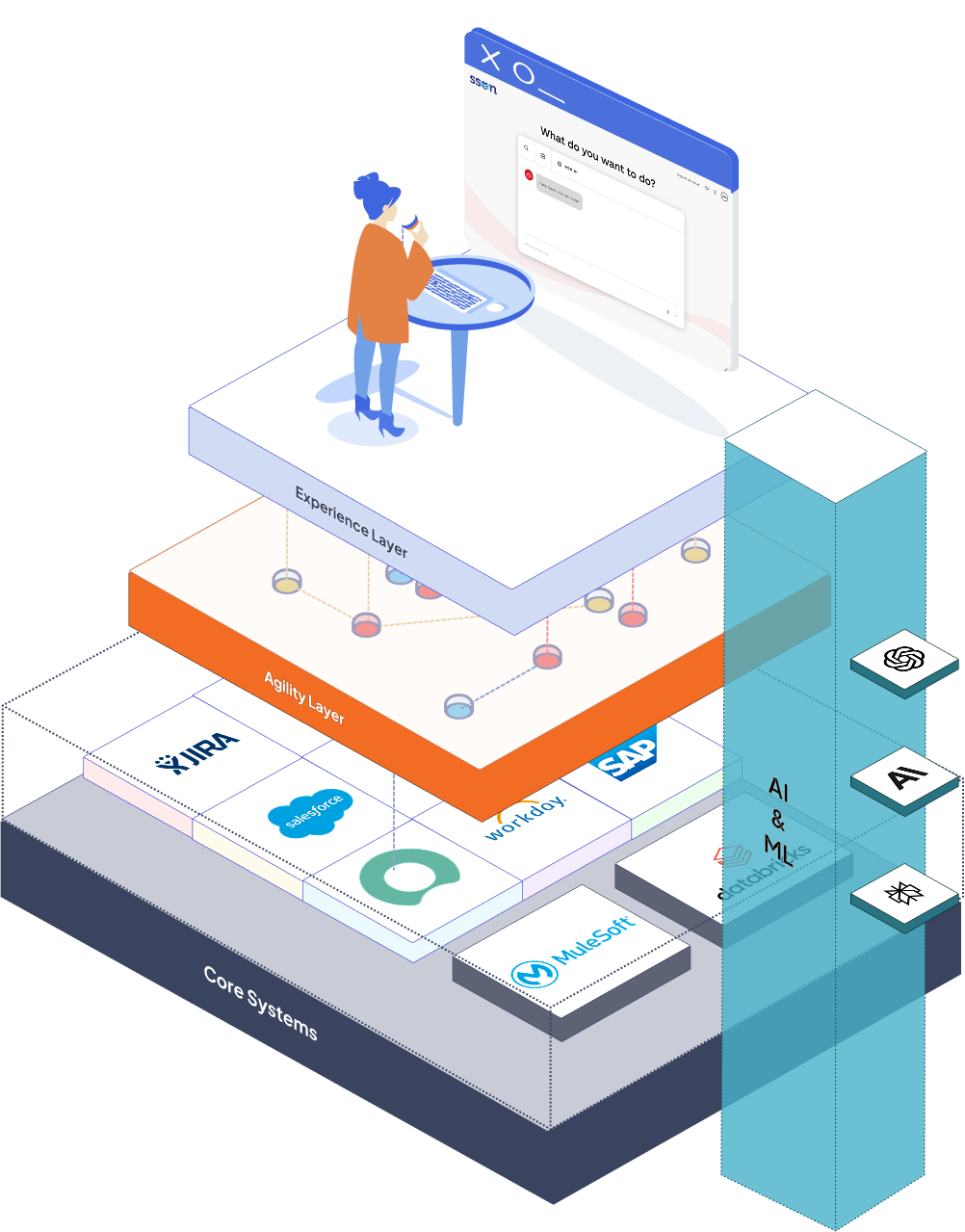Featured session from SSON's Intelligent Automation World Series event.

WEBINAR
Treat AI as a layer...
not a lock-in.
Integrating Flexible, Scalable AI into Your Tech Stack
Most “agentic AI” pitches sound the same, and quietly lock you into a single platform. This session offers a smarter alternative: design AI as a flexible layer, not a foundation. Keep AI and the user experience decoupled from core systems, treat data as a central product layer, and coordinate work across tools, not within silos. We’ll share a practical blueprint, real-world lessons from federal and enterprise teams, and a quick hands-on exercise to help you map your own stack in minutes.
The pattern that makes AI useful (and safe)

Experience Layer: Unified Experience
One place to request, approve, and track—no tool‑hopping. The interface stays familiar even when platforms change behind the scenes.
Agility Layer: Work Orchestration
Turns a request into a result across platforms. Routes tasks, handles exceptions, and proves outcomes. This is orchestration, not just automation.
Core Systems: Connections & Shared Data
Wire platforms once so steps can read/write without re‑typing. Shared fields become trustworthy for reporting and for the AI layer.
AI Layer: Sees the Whole, Acts Anywhere
Learns from the enterprise (not one product). Recommends, detects, forecasts, or routes—and uses the Agility Layer to get work done in the right systems.
We’re not anti‑vendor AI. Platform AI is excellent for local features.
Enterprise AI belongs as a layer so it stays independent and avoids lock‑in.